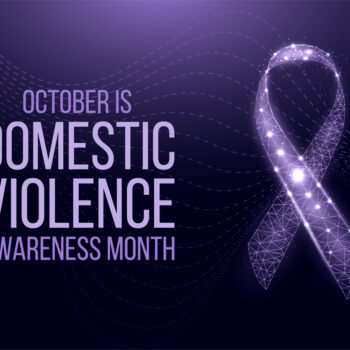By: Darcy Knight
Remember when you were a kid and the world just seemed a little more amazing? Maybe it was seeing a rainbow, splashing in a puddle, or just the ability to spend hours eagerly searching for the perfect stick, digging a giant hole in the sand, or staring in wonder at all of the bugs you can see in one shovel full of dirt.
That feeling has a name and it is awe. Dacher Keltner, a psychologist at the University of California, Berkeley, and the author of Awe: The New Science of Everyday Wonder and How It Can Transform Your Life, defines it as the “feeling of being in the presence of something vast that transcends your current understanding of the world.”
But as we become adults we get more distracted by the responsibilities of life, the to-do list, the never-ending adulting.
Is it worth it to try to also fit in some time to find some positive awe in your life? Keltner says yes, as experiencing awe can produce many positive effects. It makes us calmer, kinder, and more creative. It creates a decreased focus on the self and can therefore be at least a temporary cure for self-absorption, helping us to gain perspective. In his book, Dr. Keltner writes that awe is critical to our well-being. His research suggests it has health benefits that include the release of oxytocin, which promotes trust and bonding, as well as calming down the nervous system.
It increases feelings of connection to others and can increase feelings of empathy. Experiencing awe with others can lead to an increased willingness to cooperate. It also can increase feelings of meaning or purpose in life and can help us cope with stress and grief.
Awe can increase both spiritual feelings and scientific curiosity.
And perhaps surprisingly, Awe is credited with increasing physical health. Dr. Keltner found that awe activates the neurons in the spinal cord that regulate some bodily functions, as well as slows the heart rate and breathing and relieves digestion.
Like any new behavior, rekindling your sense of Awe does require some practice. But teaching yourself to engage in awe-awareness in your daily life can have great benefits. Try one of these ideas starting today
- Get out in nature–one of the most common sources of awe is nature. It is both the vastness that shows us something that is so much bigger than ourselves as well as the often unfathomable beauty. Leave your electronics at home and practice losing yourself in the world around you. Notice the sun shining through the trees, the smell of the outdoors, the songs of the birds.
- Hang out with a child–Children have not lost their sense of awe about everyday things yet. Spending time in their world will help you see all that can be amazing in your everyday life.
- Listen to music–there is a reason that your favorite song can instantly change your mood. Music elicits emotions that may be harder to access on their own.
- Explore Google’s Art Emotions Map, which has images meant to elicit emotions.
- Slow down and take notice of your daily tasks. Notice the smell of your coffee or tea, the beautiful light at sunset as you are cooking dinner, the moment of joy you feel upon completing a project, or the way it feels to connect with others in your life.
Take a moment to rediscover the awe in your life!
Resources for Rekindling Awe
The Power of Wonder: The extraordinary emotions that will change the way you live, love and Lead
50 Simple Ways to Bring a Sense of Awe into Your Life












